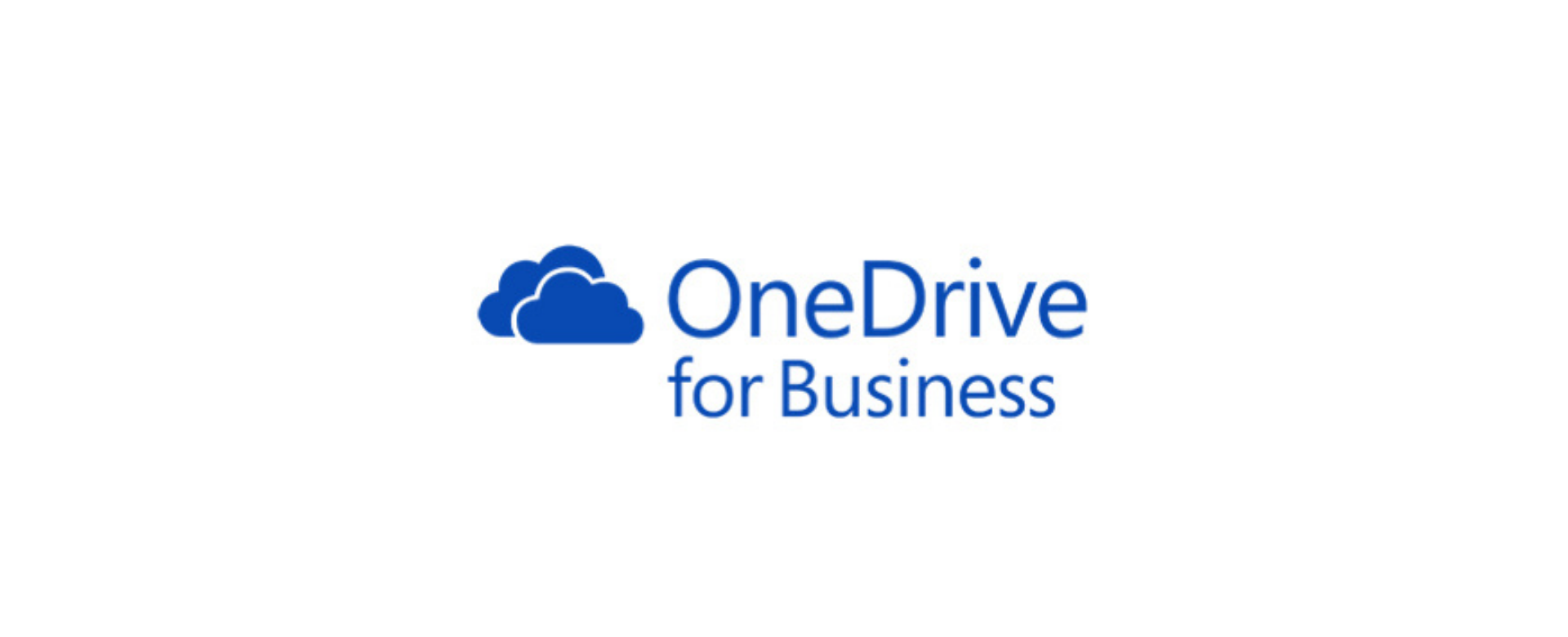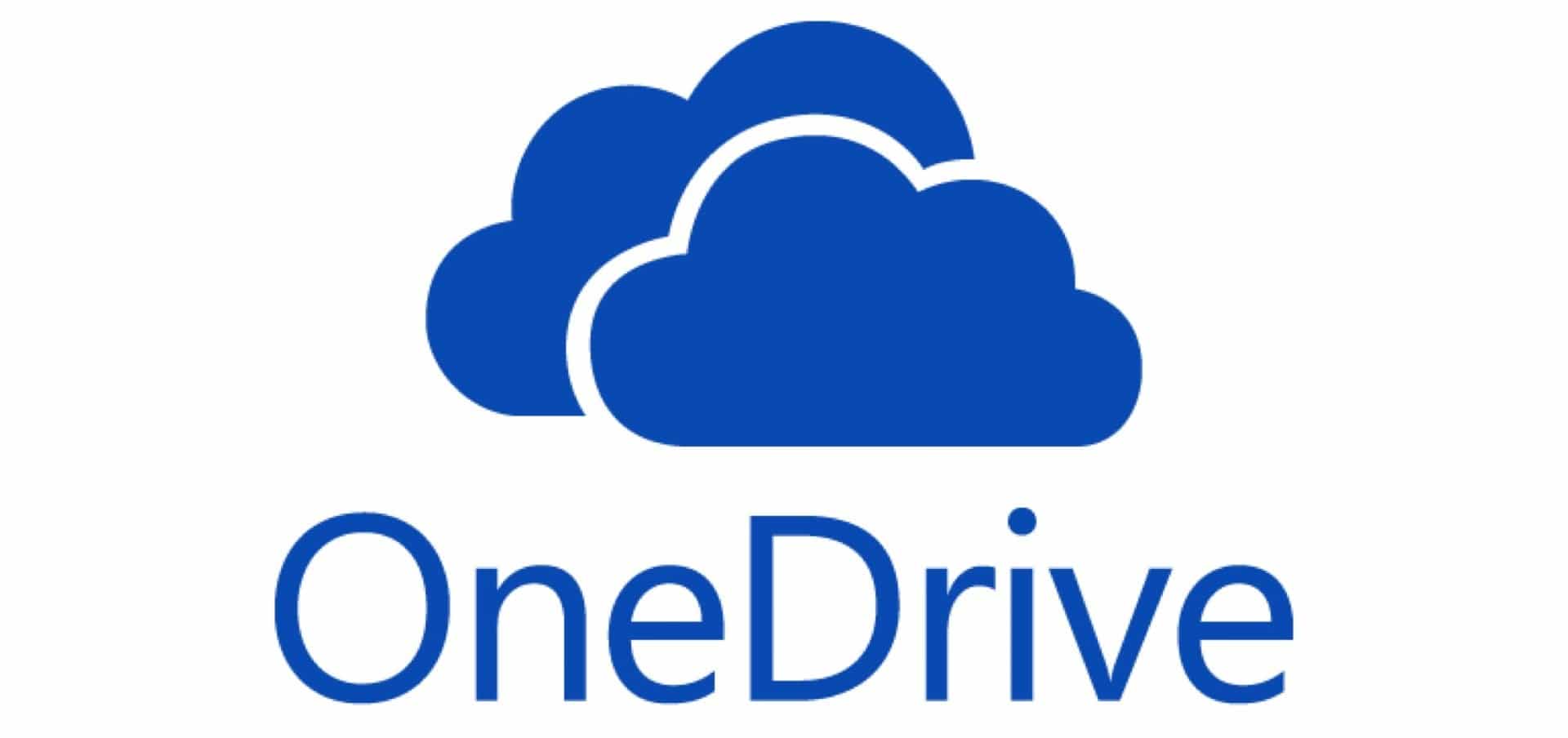

Why buy a stand-alone solution like SharePoint when you could get all the same features with Microsoft 365 ? The answer really has to do with the preferences of your IT department.
#Onedrive business software
Those distinctions will help you decide which version of the software is best for the type of work you need to do.

Note that both OneDrive and SharePoint are separate from (though compatible with) the company’s document creation software, including Microsoft Office, Office online, and Microsoft Dynamics.Ĭonfused yet? Then let’s break down how SharePoint Server and OneDrive are implemented across your company, the features they share, and where they differ. Microsoft 365 includes both SharePoint features and the OneDrive cloud storage platform, making those available on any device from the cloud. If we discuss hybrid or cloud solutions, we’ll call those Microsoft 365. eDiscovery Case Management – Allow you identify and hold content that can be used as evidence in legal cases.For this comparison, we’ll talk specifically about SharePoint as an on-premises solution, also known as SharePoint Server.Retention Policy – Can auto-retain or auto-delete content after a set timeframe.Data Loss Prevention – Protects sensitive data.Activity Auditing – Shows you accessed, deleted or shared files.Data Retentionīoth OneDrive for Business and SharePoint have built-in compliance features including: You can share to one particular email address, to anyone with the link, or to a SharePoint team site / OneDrive shared directory. Another advantage of this is that multiple parties can simultaneously edit the same file. If you want to reduce the size of your mailbox or send a large file, you can now easily send a link instead of attaching the file to an email. With OneDrive, the user decides which folders/files are shared (within the security limitations setup by the administrator.) Sharing Files Without Attachments

With SharePoint, the Microsoft 365 Administrator sets up the sites and folders with sharing permissions. When you open OneDrive from the Web or Mobile application, it’s a list of files and folders, each that have their own permission levels. You can easily and securely share with both internal and external users. OneDrive allows you to put all your files in a centralized location that you can access from any device. Perhaps realizing that not every business wants to have a slew of SharePoint collaboration sites, but is still interested in securely sharing file(s) with internal and external resources, Microsoft created OneDrive for Business. OneDrive for Business enables file sharing The tool puts a lot of emphasis on data security, work automation, and enforcement of data governance policies, especially around record retention and content deletion. SharePoint Online gives you the ability to create: SharePoint (and later SharePoint Online) were created to be collaboration portals, where companies, departments, and teams could easily and securely find and share records and resources. OneDrive for business limitsĥ TB per user, which can be increased to 25 TB per user Where should you save your document? SharePoint Online enables collaboration
#Onedrive business license
File storage capacity limits SharePoint online limitsġ TB per organization, plus 10 GB per license pruchased.


 0 kommentar(er)
0 kommentar(er)
